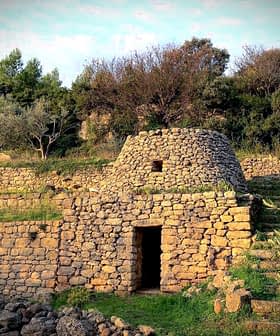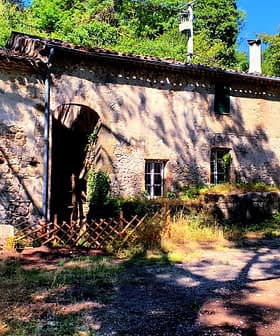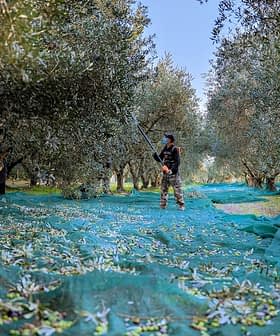France’s inter-professional association of the olive sector is undergoing a name change, ditching the acronym Afidol in favor of the more simple France Olive.
“We decided to rename Afidol as France Olive this year to celebrate its 20th anniversary,” Laurent Bélorgey, the president of France Olive and an olive oil producer in Vallée des Baux, told Olive Oil Times. Twenty years is the age of reason and we thought it was the time to relaunch it”.
We have made a clear bet to produce oil from our ancient olive cultivars and we’ve realized that the main challenge is to make them productive enough.
Bélorgey said that the state of the olive oil production sector is steadily improving in France. In the previous crop year, France produced 5,900 tons of olive oil, according to data from the International Olive Council. This year, Bélorgey estimates that production will be about 5,500 tons.
“The situation of the production of olive oil in France is rather good now,” he said. “But we must know that we have come a long way for this.”
See Also:Olive Oil News from FranceDuring the 1990s and first half of the 2000s, France produced an average of 3,300 tons of olive oil per year, with annual production steadily increasing from 1,000 tons in the 1990/91 crop year to 7,000 tons in 2008/09, which remains the record high.
“But the last 12 years we’ve had pretty good harvests and now we have a satisfying level of production,” Bélorgey said.
Since the 2008/09 crop year, France has produced an average of 4,900 tons per year, a figure that would be higher if it were not for the disastrous crop year in 2014/15. Due to a variety of factors, France produced just 1,700 tons of olive oil that year, the lowest yield since 1993.
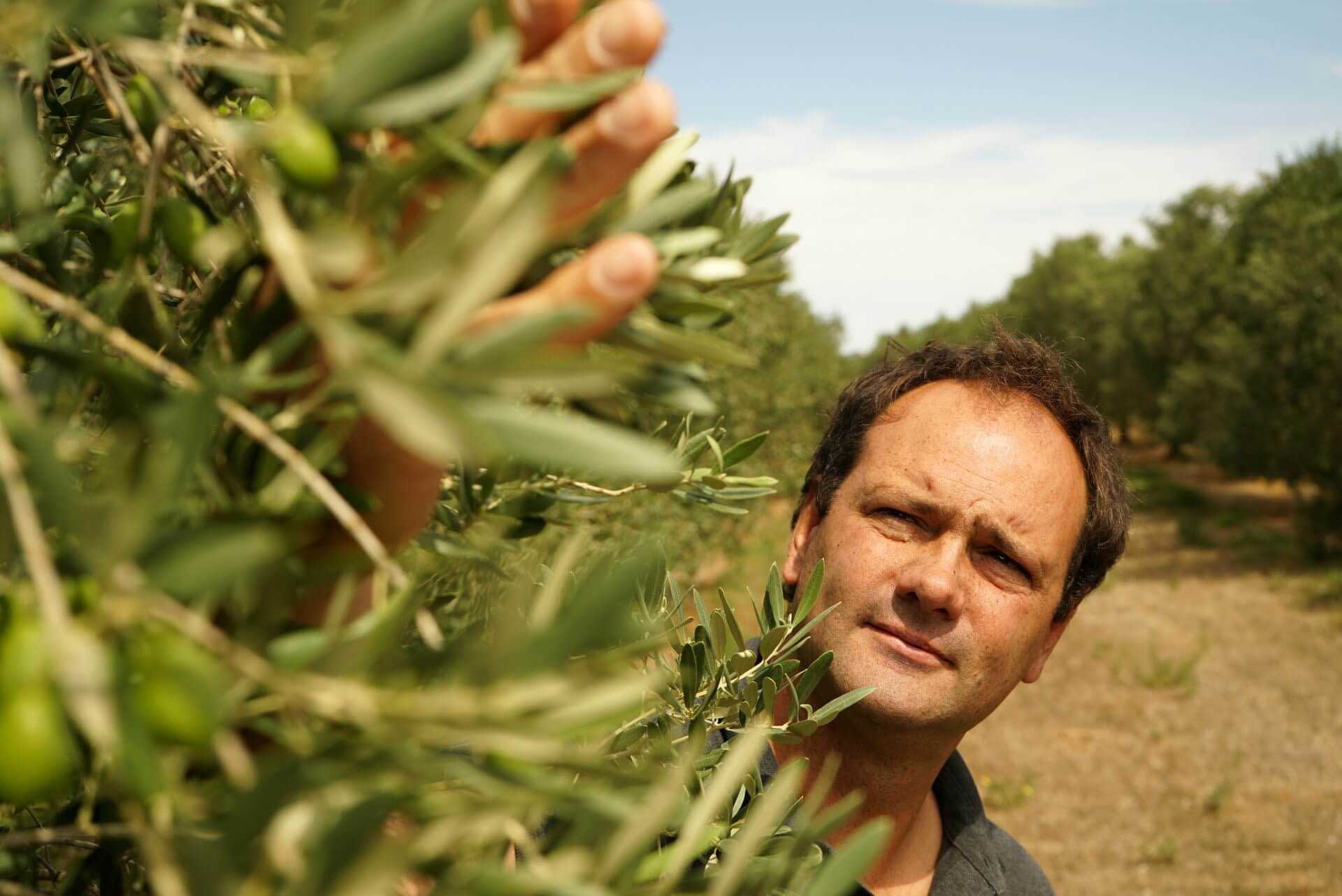
Laurent Bélorgey
The main challenge now for French producers is to distinguish their olive oils from regional competitors. Compared with its Mediterranean neighbors, France has a much smaller amount of land on which olive cultivation is viable – mostly along the southern coastline – so it will never out-produce the likes of Spain, Italy, Portugal or Greece. Therefore, Bélorgey believes that focussing on producing traditional varieties is the way forward for French producers.
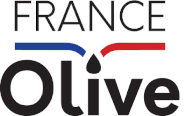
“The main challenge for an olive oil producer in France it to make our local varieties productive enough,” he said. “We have made a clear bet to produce oil from our ancient olive cultivars and we’ve realized that the main challenge is to make them productive enough.”
France has seven protected designations of origin (Appellations d’Origine Protegée) and one controlled designation of origin (Appellation d’Origine Controlléé). The size of those protected areas varies from the 16 villages included within the limits of the Vallée des Baux – one of the smallest protected areas – to the 434 belonging to the AOC of Provence.
Bélorgey and the rest of the sector are betting that this strategy of producing lower yields of local and distinctive olive oils will allow French producers to survive regardless of their size or production techniques.
The vast majority of olive oil producers in France are small, family operations with an average of fewer than 25 acres of land. There are only a few large scale operations that exceed 100 acres.
“We often say that there are some 20,000 olive producers in France,” Bélorgey said. “But that figure ranges from the small producer who has just a few olive trees in his garden and who takes his olives to the local cooperative to the professional who cultivates 20 or 30 hectares (50 or 75 acres).”



